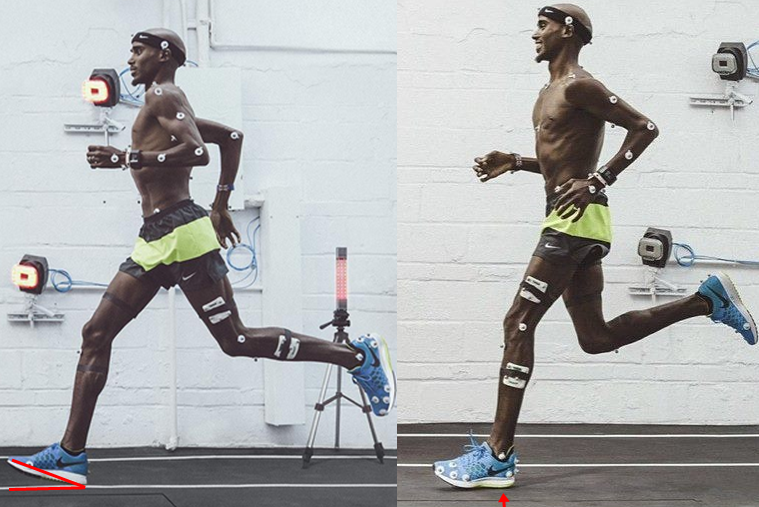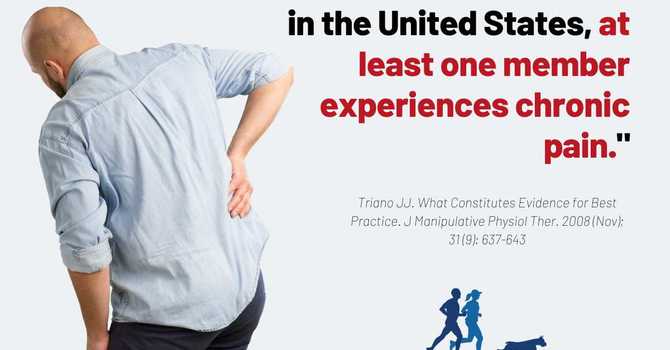
An interesting study was done on Mo Farah's significant improvement during the years 2010-2012 by the team at Sweat Elite. It thoroughly highlights the key changes Farah put in as well as all the work that goes into it. Let's take a closer look.
8 key elements of his running biomechanics were evaluated by Dr. Leitch of RUN 3D/Oxford University.
1. Foot Strike
Farah was noticed to be a predominantly mid-foot striker. A common theme in recent studies on which striking pattern is "best" for biomechanical advantage. This can be defined as hitting the floor/treadmill with the Middle of the foot and then touching the heel
2. Air Time
Not only is spending more time on the ground (foot touching ground) equal to wasted time, but it also increases ground reaction forces. Higher levels of ground reaction forces have been associated with a higher risk of injury in recent studies.
3. Twisting/turning during running
As the article mentions, there is three planes of motion: up and down, forward and backward, side to side. As a runner, any excessive motion in either up and down or side to side movement is energy wasted. Concentrate on moving forward with your limbs, not twisting.
4. Relaxed Gait
There is a sweet spot when it comes to being relaxed and running efficiently. In endurance sports, it's all about who can go the furthest the fastest. In Mo's case, he runs with relaxed hands, a loosely open mouth, and shoulders that aren't overly hunched. He is using just enough muscular activity to keep all of his mechanics efficient. This takes time to learn and can be frustrating at the beginning but keep practicing.
5. Trail Leg
Mo's trail leg is extremely efficient. As soon as his foot comes off the ground, he begins to move the heel towards his bottom. Rather than the traditional mechanics with the heel going backward. According to Dr. Leitch, this affects the rate of his cadence positively and I personally have seen it decrease the amount of "UP and Down" movement that negatively effects our running economy. Cadence = steps per minute.
6. Cadence
This element can be affected by many elements, such as those mentioned above. Cadence = steps per minute (SPM), a "good" number is 165-190 SPM. This isn't to say everyone should do this, but it is a place to look at if you want to try to be more efficient while running.
7. Arm Position
Mo likes to carry his arm relatively high and more bent elbow compared to traditional distance runners. Dr. Leitch mentions that this allows for Mo to have more of a forward push due to the elbow moving back and forth for momentum.
8. Forward Propulsion
Again, he doesn't waste his time moving up and down but focuses on always moving forward.
The Biggest Takeaway
The biggest takeaway from the article is at the end. Dr. Leitch says that there is NO ideal way to run. This way works for Mo but it might not for you. The second big takeaway is that Mo spent tremendous amounts of time in the gym becoming stronger where he never did before training with Alberto Salazar.
Find your running style and find someone to guide you in the weight room for the best results.
Reference: http://www.sweatelite.co/mo-farah-technique-transformation-analysis/




